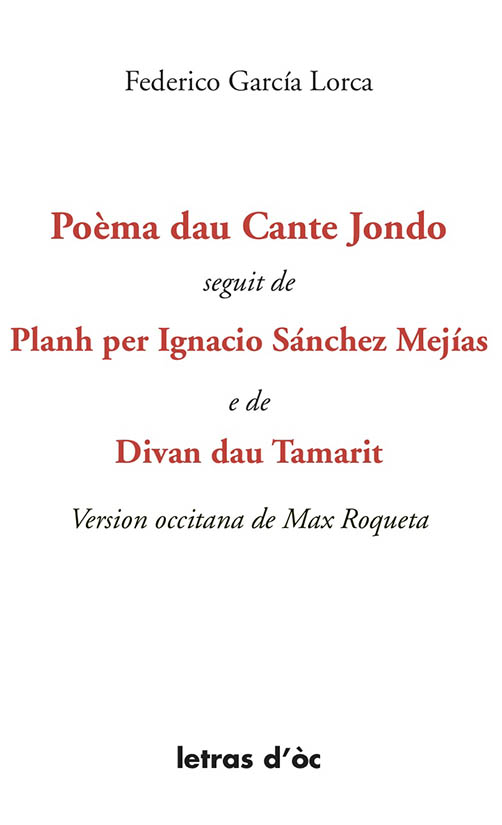


The poem describes the famous Holy Week procession in Seville, which takes place every year in the days leading up to Easter Sunday and looks like a religious version of the Rose Parade. He fetishized the folkloric features of its songs, wringing images of wind, earth, sea, and moon for every last drop of meaning, despite the fact that many of the cante jondo songs he so idealized protested the difficult conditions of labor and hunger the Romani had endured in southern Spain. According to his biographers, he dubiously claimed that his great-grandmother had been part Gypsy. Lorca was known to stretch his personal associations with cante jondo, perhaps to justify his time studying it. It hadn’t given in to flamenco’s popularizing drive, preserving, instead, a fusion of Iberian cultures: Indian, Jewish, Byzantine, Islamic. But for Lorca, the old style of sung poetry, which, like much else in southern Spain, has strong associations with the Romani people, followed a different beat, historically and acoustically. Typical of Spain’s southern Andalusia region, cante jondo sounds, to the untrained ear, identical to flamenco. The taverns, like the Residencia, housed brilliant artists, but few in Spain knew their names, much less the mesmerizing style of music they played, called cante jondo (“deep song”).

By night, they frequented the taverns inside the walls of the city’s 9 th-century Alhambra fortress. That is, until Lorca and his friends created it.


 0 kommentar(er)
0 kommentar(er)
